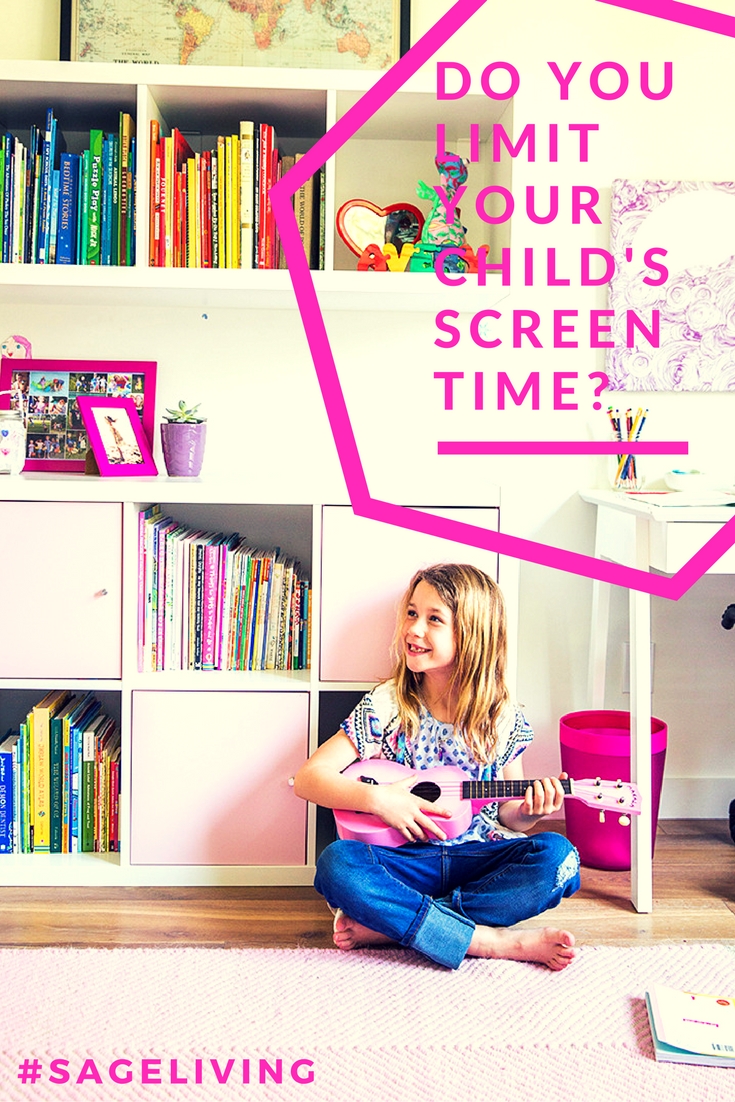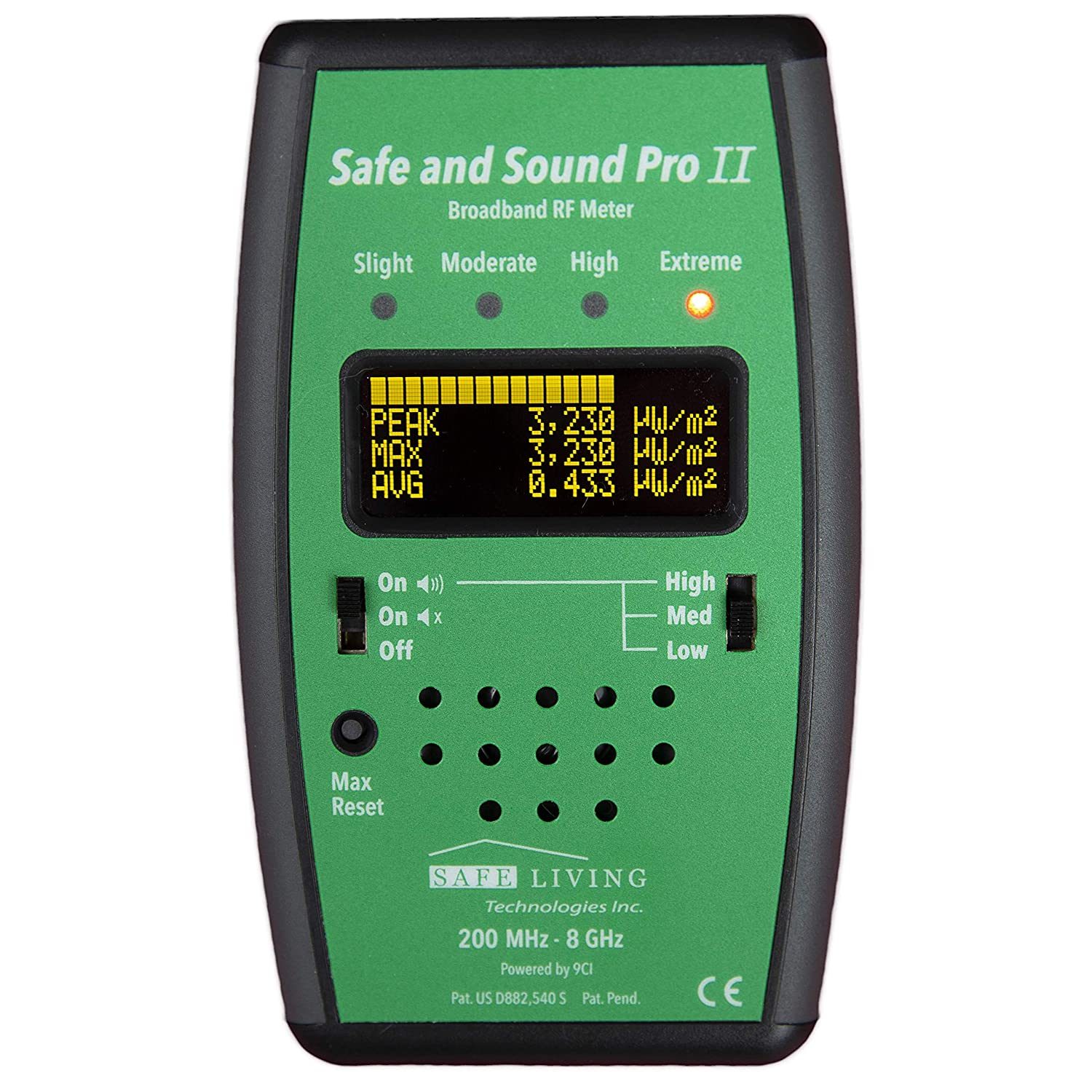What is screen time?
According to Common Sense Media, screen time includes:
– Passive consumption: watching TV, reading, and listening to music
– Interactive consumption: playing games and browsing the Internet
– Communication: video-chatting and using social media
– Content creation: using devices to make digital art or music
Why should we care about how much time children spend in front of a screen?
Studies have shown a link between heavy media use and issues such as obesity, lack of sleep, academic challenges, aggression, and other behavior difficulties. In addition, wireless devices emit two types of electromagnetic radiation (EMF). ELF-EMF from the battery switching of the device and RF-EMF from the wireless signal, which might have adverse health effects in humans.
Why should we be concerned about our children’s EMF exposure from wireless devices?
As we wrote in one of our earlier posts:
– The FCC regulations on safe exposure to wireless radiation from 1996 have been outpaced by the advances in wireless technology.
– Children’s bodies are much more susceptible to the effects of wireless radiation than adults:
The American Academy of Pediatrics (AAP) reiterated children’s unique vulnerability to cell phone radiation stating, “Another problem is that the cell phone radiation test used by the FCC is based on the devices’ possible effect on large adults—not children. Children’s skulls are thinner and can absorb more radiation.”
And remember the U.S. National Toxicology Program study from May 2016 demonstrating that exposure to wireless radiation is a cancer-causing agent in rats?
In response to this study, the American Academy of Pediatrics has issued specific recommendations to reduce wireless cell phone exposure.
The AAP’s Cell Phone Radiation & Children’s Health: What Parents Need to Know offers these cell phone safety tips for families:
- Use text messaging when possible, and use cell phones in speaker mode or with the use of hands-free kits.
- When talking on the cell phone, try holding it an inch or more away from your head.
- Make only short or essential calls on cell phones.
- Avoid carrying your phone against the body like in a pocket, sock, or bra. Cell phone manufacturers can’t guarantee that the amount of radiation you’re absorbing will be at a safe level.
- Do not talk on the phone or text while driving. This increases the risk of automobile crashes.
- Exercise caution when using a phone or texting while walking or performing other activities. “Distracted walking” injuries are also on the rise.
- If you plan to watch a movie on your device, download it first, then switch to airplane mode while you watch in order to avoid unnecessary radiation exposure.
- Keep an eye on your signal strength (i.e. how many bars you have). The weaker your cell signal, the harder your phone has to work and the more radiation it gives off. It’s better to wait until you have a stronger signal before using your device.
- Avoid making calls in cars, elevators, trains, and buses. The cell phone works harder to get a signal through metal, so the power level increases.
- Remember that cell phones are not toys or teething items.
I know, I could go on forever about EMF exposure, especially when it comes to children.
I want to share with you the AAP recommendations for screen time:
- To discourage any screen time for children under two.
- To limit screen time to two hours a day for older children.
We respect that every family is different and has their own unique perspective on how much screen time is appropriate for their children.
Have you heard of Our Pact? It’s a parental control app for mobile devices to manage content and screen time. I haven’t tried it yet, but it sounds interesting.
Or how about creating a family media agreement, like this one?
Based on the scientific evidence, we subscribe to the less-is-more philosophy for screen time. What have you found works best for your family?





